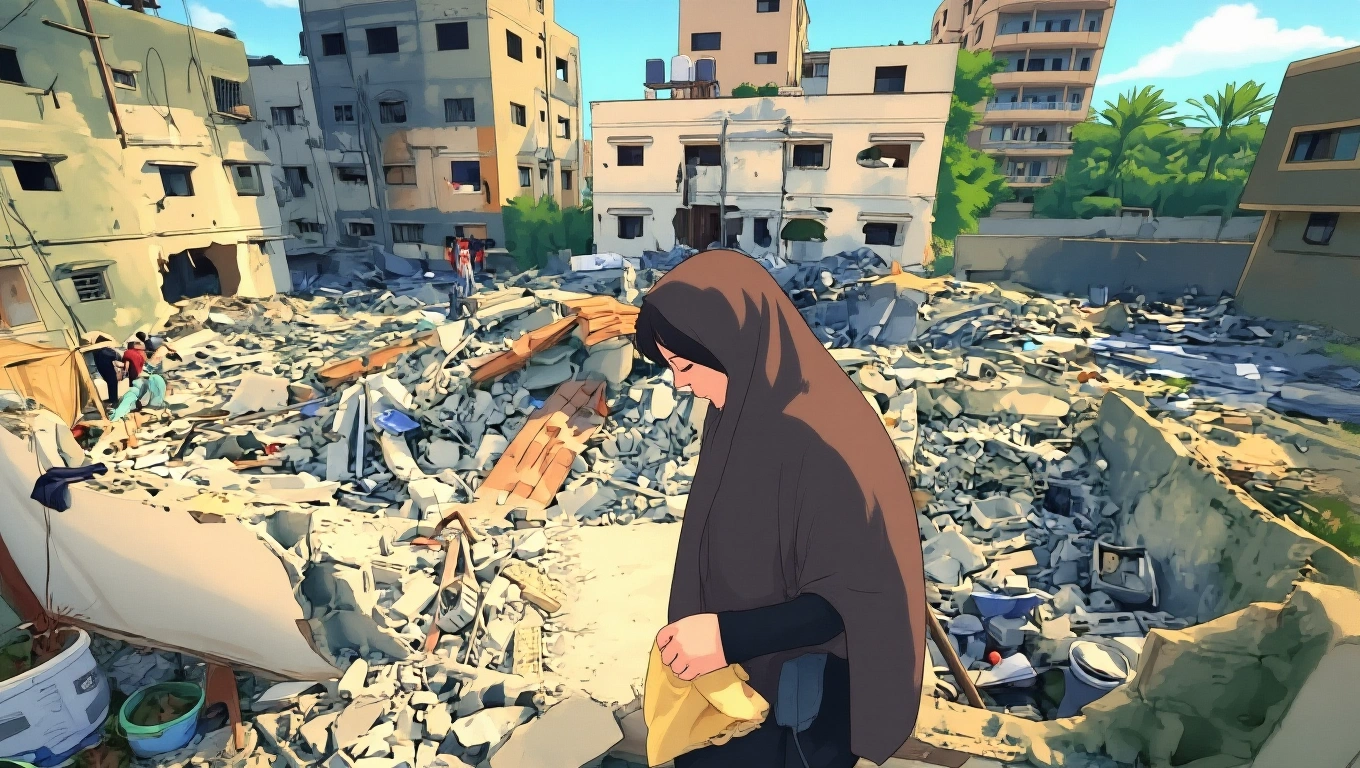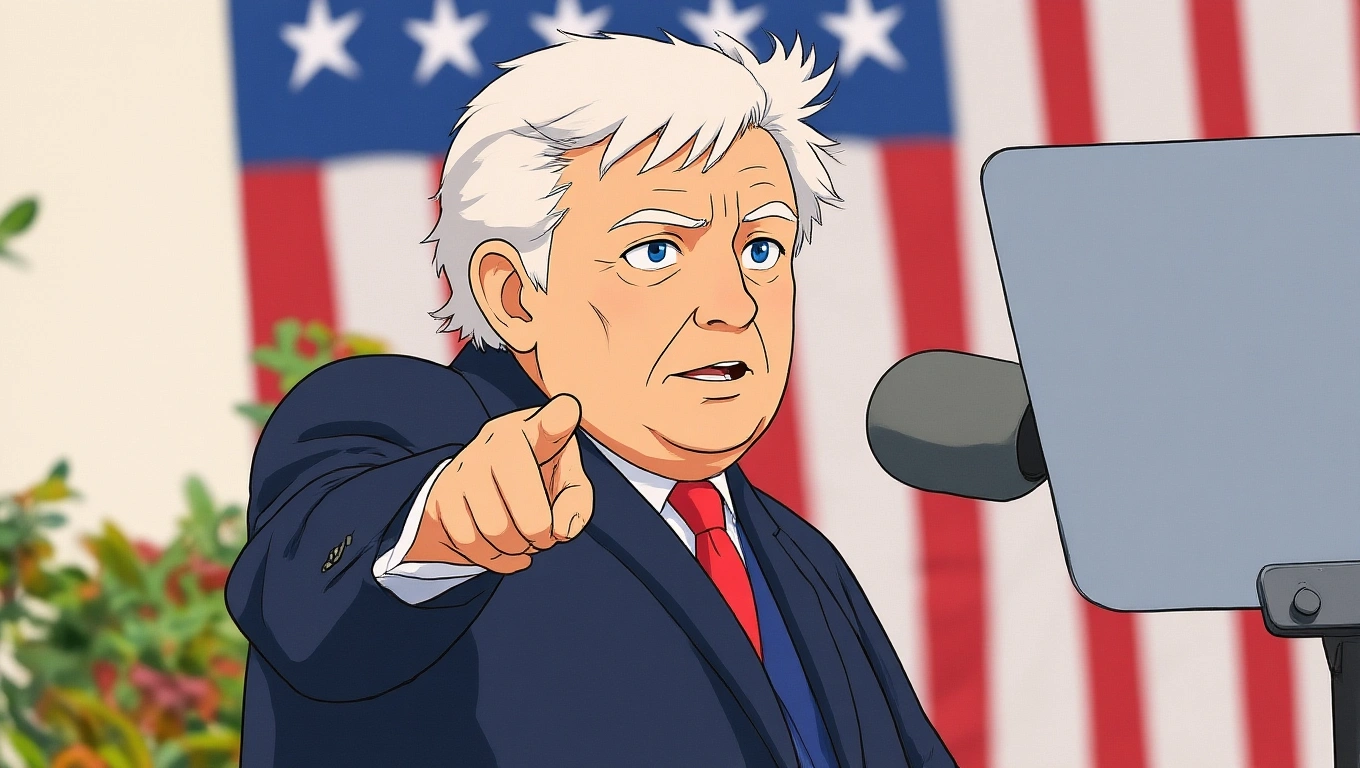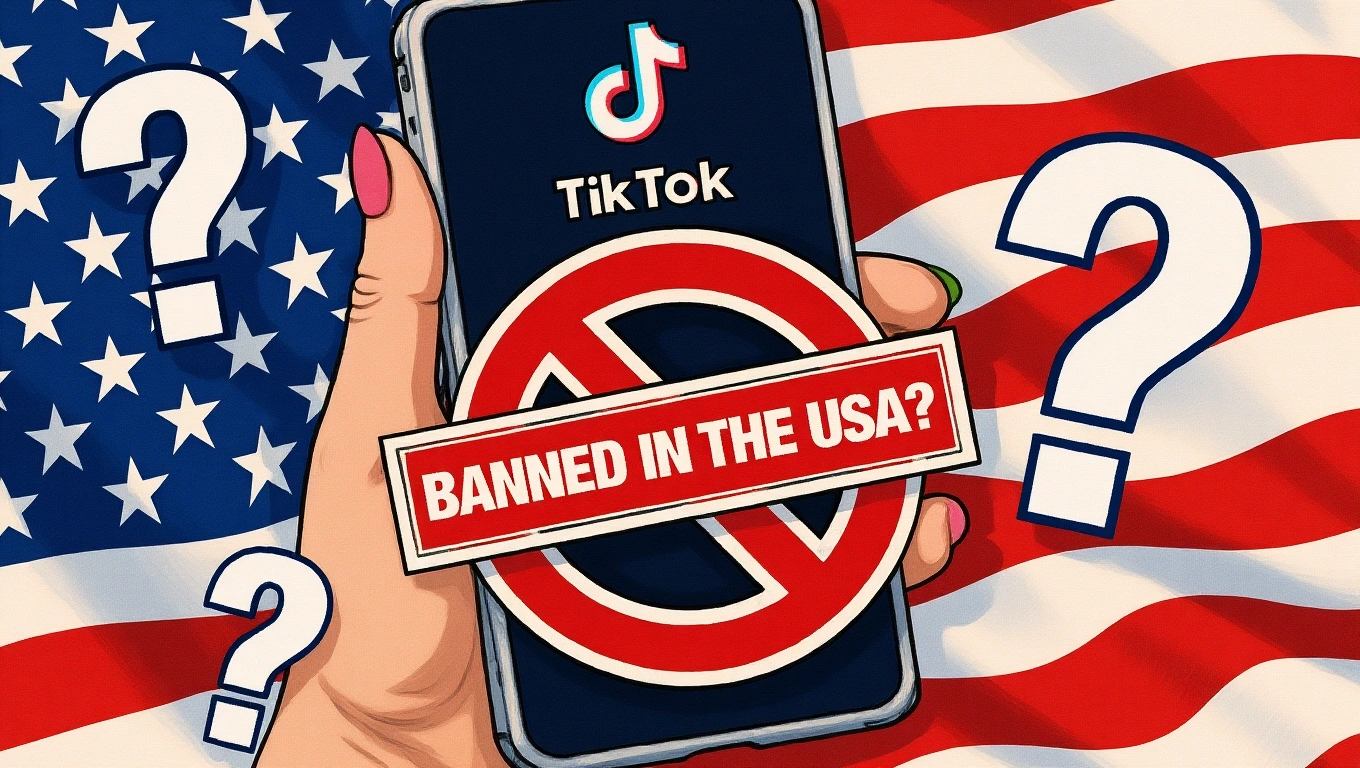How Can Peace Be Achieved in the Middle East?
- Middle East
- War
Middle East in Ghibli Style Created by Dreamface
The Middle East remains a region of complex conflicts, including the Israeli-Palestinian issue, Iran-Saudi rivalry, and ongoing insurgencies. This article explores pathways to peace, analyzing diplomatic, economic, and social strategies.
This analysis is generated by Grok, created by xAI, using available data and trends to provide a reasoned prediction.
Predictive Analysis
Achieving lasting peace in the Middle East is challenging but possible through multi-pronged efforts. First, diplomacy must prioritize inclusive negotiations. The 2020 Abraham Accords normalized Israel’s ties with UAE and Bahrain, showing regional cooperation potential. Expanding such agreements to include Saudi Arabia, which expressed interest in 2024 talks, could stabilize relations. However, the Israeli-Palestinian conflict, with 2024 escalations in Gaza, requires renewed two-state talks, supported by 67% of global respondents in a 2024 UN poll.
Economic incentives are critical. Investment in infrastructure and youth employment (30% unemployment in some Arab states) could reduce unrest. Iran’s economic isolation, with sanctions costing $1 trillion since 2000, suggests sanctions relief tied to non-aggression pacts could work. Grassroots efforts, like interfaith dialogues and education reforms, can counter extremism, as seen in Jordan’s 2024 initiatives.
Challenges include entrenched rivalries and external meddling (e.g., U.S.-Russia proxy dynamics). A UN-led framework with neutral mediators like Norway could bridge divides, but success hinges on mutual concessions.
Conclusion: Peace requires diplomacy (expanded Accords, two-state progress), economic investment, and grassroots reconciliation. Incremental progress is likely by 2030, but full resolution remains distant.
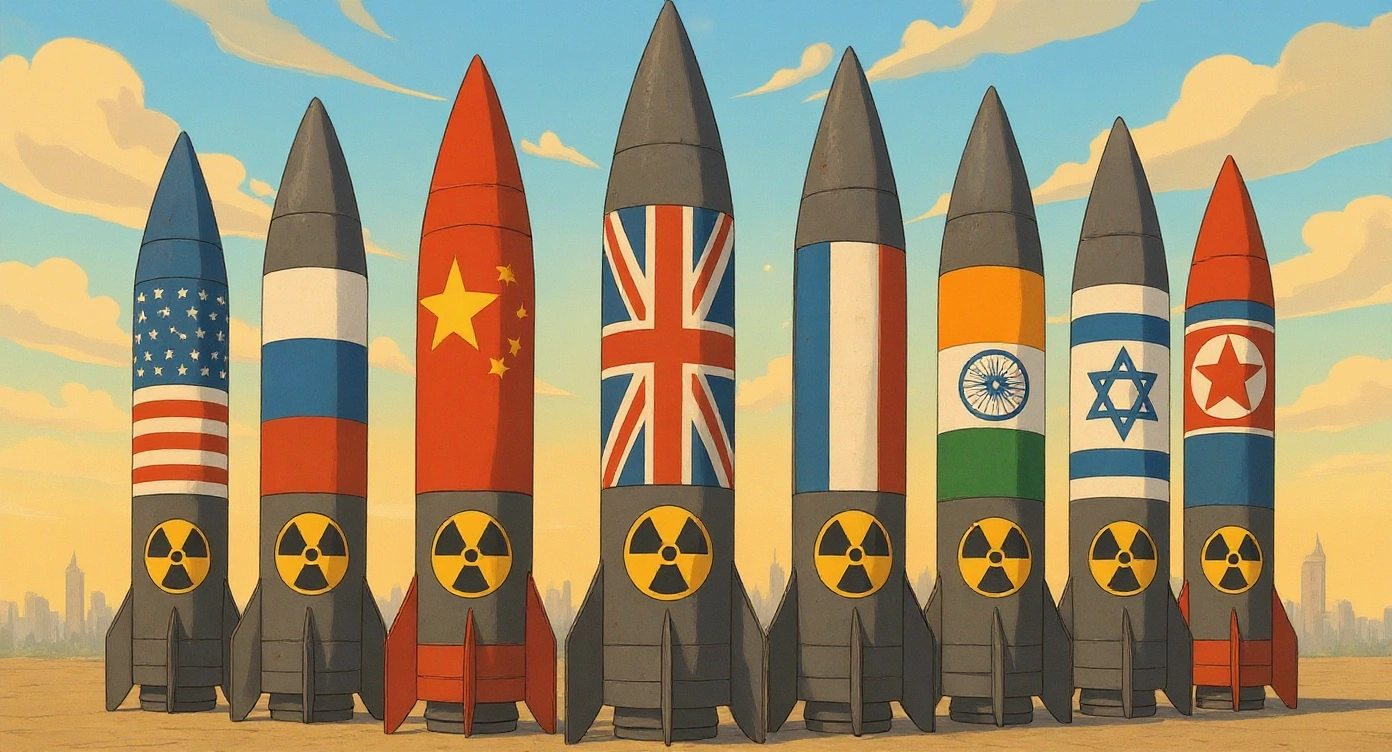
Will Iran Develop Nuclear Weapons? AI Assesses the Risks and Timeline
Iran’s nuclear ambitions have remained a flashpoint for global security discussions for over two decades. With diplomatic agreements fraying and enrichment capacity expanding,
By FINNN 一 Jul 13, 2025- War
- News
- AI Predict
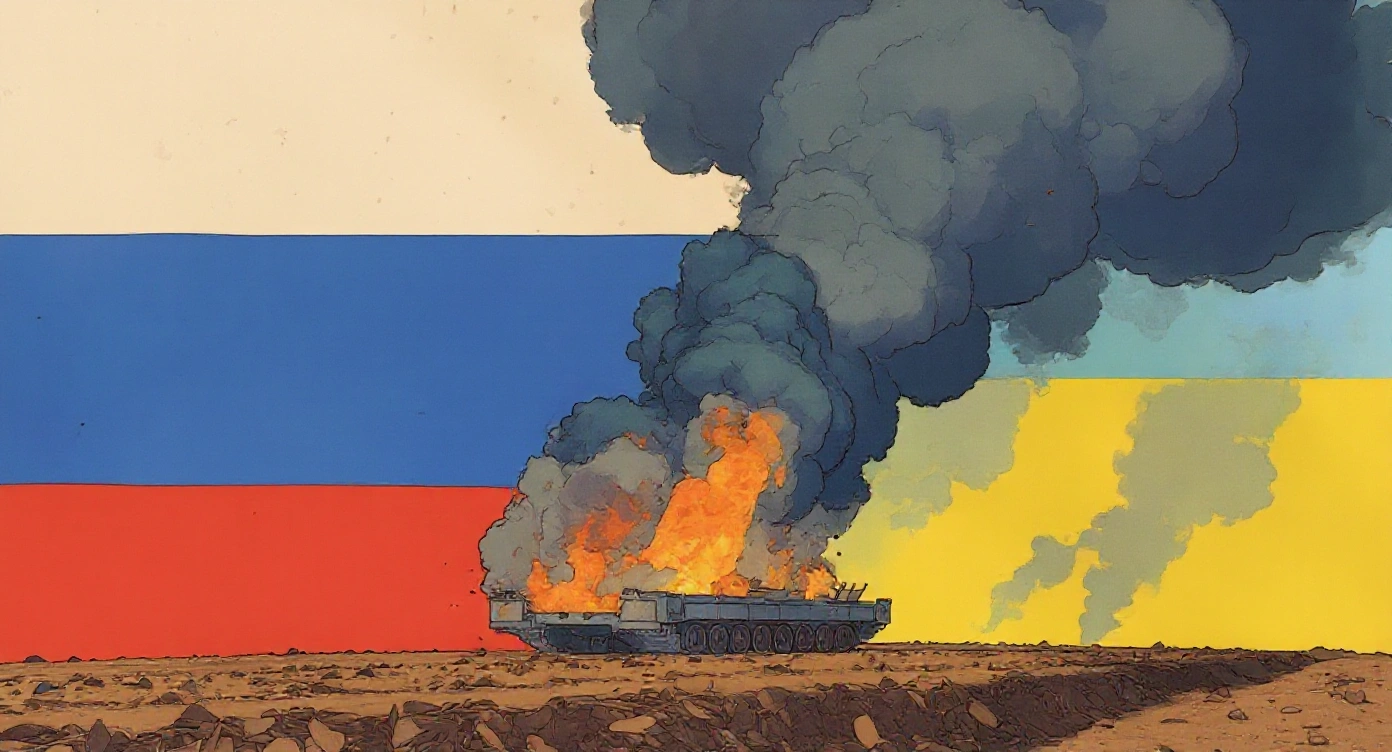
When Will the Russia-Ukraine War End?
The Russia-Ukraine war has become one of the most significant conflicts in modern European history, reshaping alliances and altering the global economic landscape. With years of fighting, sanctions, and international mediation attempts, many around the world are asking: when will the war finally end?
By FINNN 一 Jul 13, 2025- War
- News
- AI Predict
- X
- Youtube
- Discord
